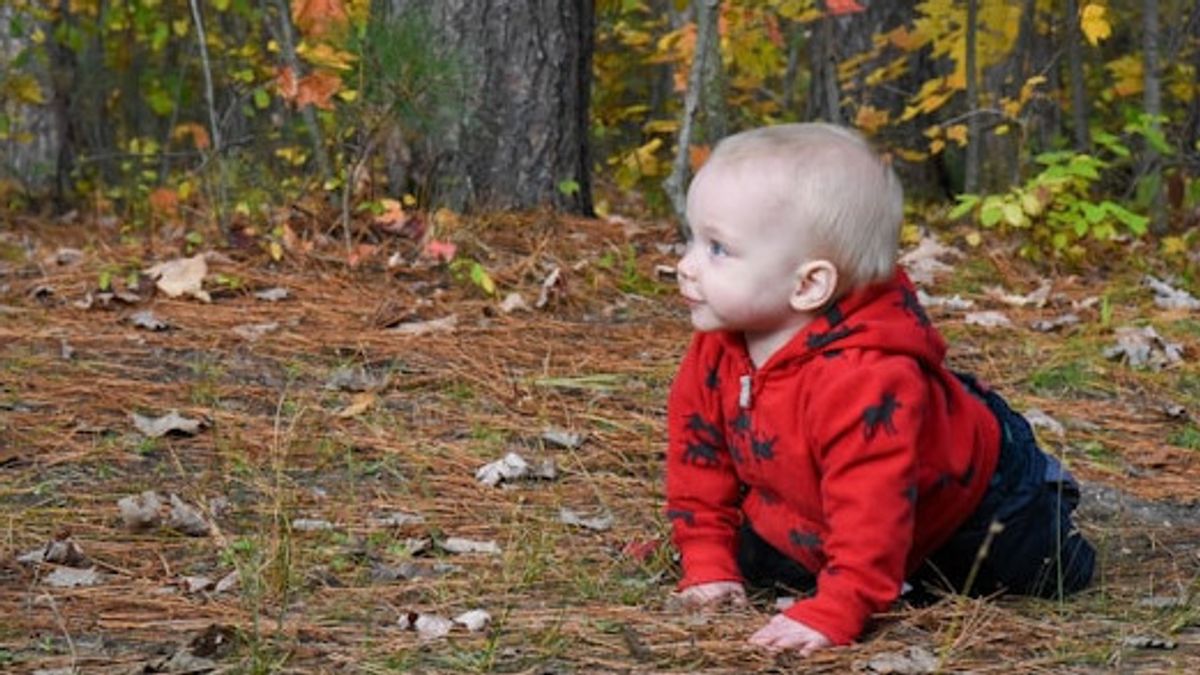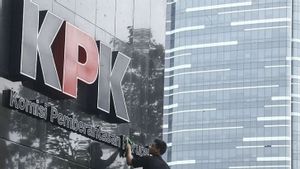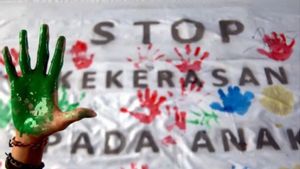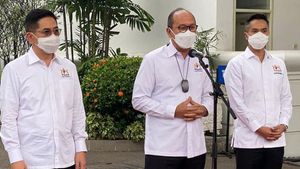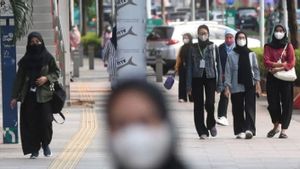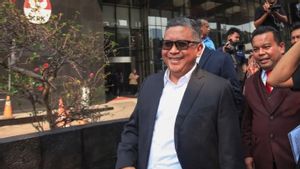JAKARTA Children's motor skills have various benefits, including for overall growth and development. In today's era, many parents are tempted by baby gym facilities which are claimed to help children's motor development.
Motor development is the development of human ability to control various movements of the body and manipulate objects, where muscles can be moved according to orders given by the brain or the central nervous system. Motor development makes a person's body movement more coordinated and controlled as desired.
This motor development can be honed from an early age, especially at the age of a toddler. In general, human motor development is divided into two types, namely gross and fine motor.
Launching Social Science LibreTexts, gross motor development is a development of skills involving large muscle movements. A gross motor example is standing, running, jumping, swimming, balancing body, climbing stairs, throwing and kicking the ball, and lifting and moving things.
While fine motor development is a development that focuses on the muscles of the fingers, feet, and eyes that allows the coordination of small muscle movements. Smooth motor examples are writing, drawing, cutting objects, installing and removing clothes buttons, using eating utensils, and typing on computers.
Basically, the more children move, the more benefits children will get when they are more skilled in controlling their motor movements. In addition to getting healthier body conditions due to moving a lot, children also become more confident and independent. Children also become more confident in doing all their activities because they know their physical abilities.
For this reason, children who have good motor development usually also have positive social skills. They will enjoy playing with their friends because they can keep up with the movements of their peers, such as jumping, running, and others.
In the book Toddlers and their Development Problems (2001), in general there are three stages of developing children's motor skills at an early age, namely the cognitive, associative, and autonomous stages.
At the cognitive stage, children try to understand motor skills and what is needed to carry out a certain movement. At this stage, with their mental awareness, children try to develop certain strategies to remember similar movements that have been carried out in the past.
At the associative stage, children learn a lot by trial and error on appearance or movement will be corrected so as not to make mistakes again in the future. This stage is a change in strategy from the previous stage, namely from what to do to how to do it.
SEE ALSO:
At the autonomous stage, the movement shown by the child is a more efficient response with a slight error. The child has displayed the movement automatically.
Unfortunately, there are still many parents who ignore children's motor development. According to data from the World Health Organization (WHO), about 5-10 percent of children are expected to experience development delays and 1-3 percent of children under five years of experiencing delays in general development or global development delays.
In recent years, the baby gym or gymnasium trend is specifically for infants and toddlers. One of the goals is to help children's motor development. Pediatrician consultant neurology dr. Amanda Soebadi, Sp.A(K), M.Med (ClinNeurophysiol) does not deny that the existence of a baby gym can be a choice of stimulation. But he reminded baby gym parents not the only place to stimulate children's motors.
"It can be done at home, giving children the opportunity to explore the environment. Provide a variety of sensory experiences," Amanda said in an online discussion.
Stimulating children's motor development, said Amanda, can be done in the simplest way, such as inviting them to play according to the age and development that has been achieved. The most important thing is that parents are obliged to understand the stages of motor development so that when there is a delay, they can receive treatment or intervention.
In addition to providing physical activities that can stimulate, dr. Amanda also reminded that balanced nutrition has a role no less important for children's motor development. Nutrition according to Amanda, is related to the brain that triggers motor movement. The size and number of connections between brain nerve cells are influenced by balanced and sufficient nutrition. One example that Amanda mentioned is that it no longer provides porridge for children over one year.
According to WHO, entering the age of one year, children are allowed to eat family food. This means that there is no need to make soft food for children. The most important thing is that the food served to children must receive balanced nutrition guidelines, consisting of carbohydrates, protein side dishes, to vegetables and fruits.
Providing foods with balanced, complete, and varied nutrition needs to be accustomed from an early age. In addition to meeting nutritional needs, this is done to prevent children from choosing food in the future.
Amanda also reminded that there are no certain foods or supplements that can make children's motor development very good or above average. In addition, stimulation is also influenced by parental parenting.
"Children who are only carried, are not given the opportunity to explore under surveillance, it will be different from children who have more exploration opportunities," Amanda explained.
Nutrition and parenting are two of the four environmental factors that affect children's motor development. In addition, what includes environmental factors in children's motor development are disease and family socio-economic status, which can affect the optimal intake of nutrition and parenting.
Children's motor development is also influenced by intrinsic factors, something that cannot be changed, namely genetic, cognitive, premature birth and congenital disorder.
The English, Chinese, Japanese, Arabic, and French versions are automatically generated by the AI. So there may still be inaccuracies in translating, please always see Indonesian as our main language. (system supported by DigitalSiber.id)
